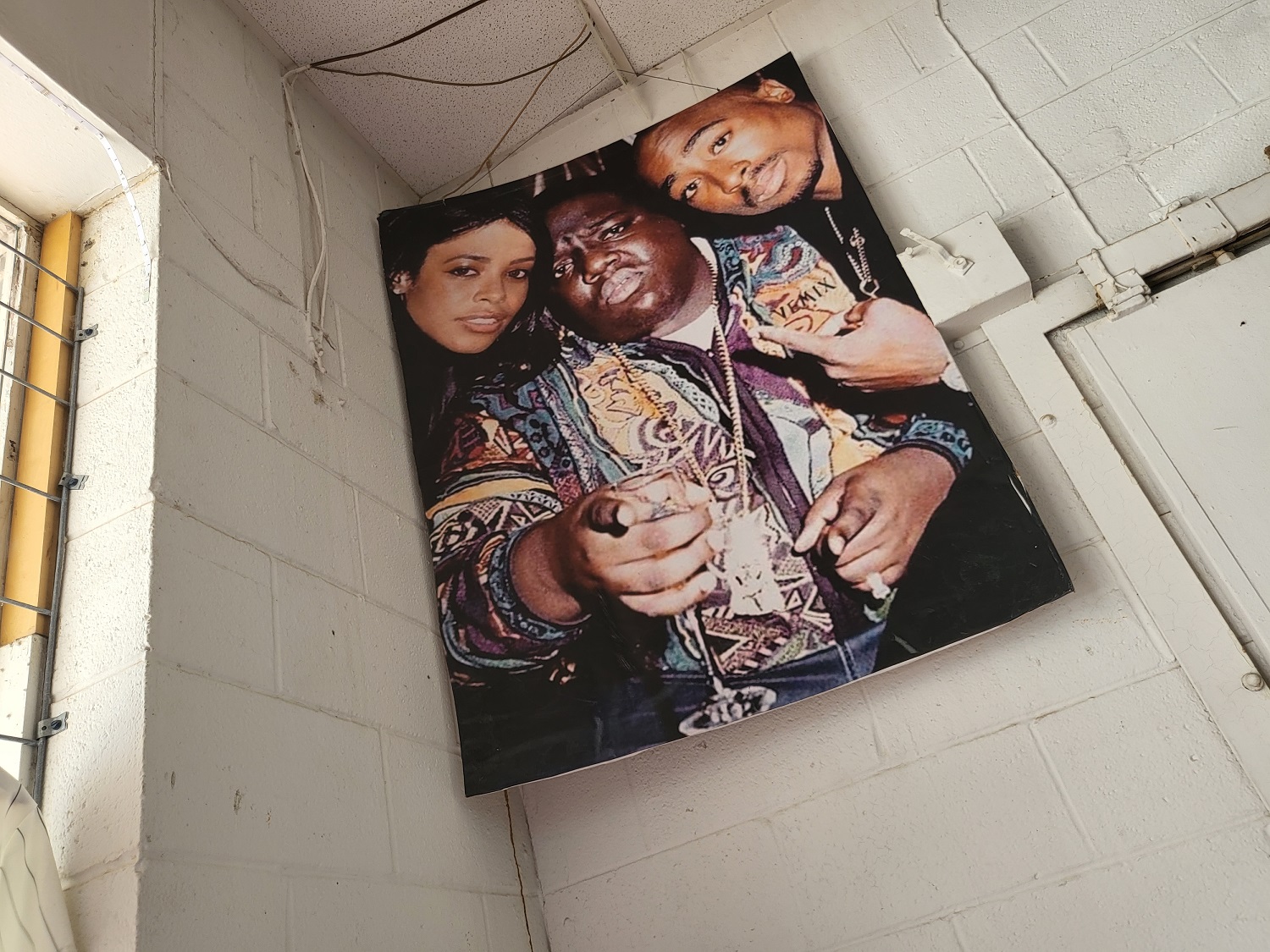

When films have been converted to digital formats, they can be easily copied for storage in the cloud or on a physical storage device. That certainly applies to treasured family videos by keeping copies, you’ll safeguard your films against normal media degradation, but you’ll also be prepared for fires, floods, and other disasters.ĭ recommends keeping one copy of important data offsite. If your videos are important, you need a backup.Įven if your VHS cassettes were manufactured recently, we recommend keeping at least two backups of all important data. By converting the cassette to digital formats, you’ll ensure that your films are accessible for years to come - and future-proofed, since digital video formats can be easily converted when necessary. Signal loss affects all VHS tapes regardless of manufacturer, tape length, or the original quality of the recording.Įxtremely old VHS cassettes may use thinner tape, which can increase the chances of physical damage over time. Older VHS tapes need to be converted to digital formats to be preserved.Īs discussed above, most consumer-grade VHS tapes are nearing the end of their expected life cycle. Below, we’ll address some key reasons to convert analog video cassettes and film reels. Digital formats have numerous advantages over analog, and conversion is usually simple, straightforward, and affordable.
#VHS TAPE BROKEN PROFESSIONAL#
When should I consider professional tape conversion for VHS media?Ĭonsider converting VHS and Betamax tapes to digital formats as soon as possible. In other words, tape conversion is always an option, even if you can identify clear signs of damage. However, these symptoms can also indicate problems with the playback equipment. You might notice unclear audio, shifting pictures, or excessive image “noise” (static) as the tape decays.

Low-quality tapes typically use thinner materials, which may have a shorter lifespan.Tapes are magnetic, and can become demagnetized over time when stored next to speakers, audio/video players, and other magnetic equipment.Excessive heat and humidity can cause tapes to break down quickly.Your VHS tapes may become unreliable in storage for several reasons: Of course, VHS technology has been practically obsolete for a decade, and most consumers don’t store their VHS cartridges in perfect conditions. In perfect conditions, most VHS and Betamax tapes can be stored for up to 25 years before significant signal loss occurs. How long do VHS and Betamax tapes last in storage? Even if your VHS cassettes show clear signs of damage, an experienced video conversion team may be able to help. Of course, VHS has been largely replaced by DVD and other modern formats, and if you’re holding onto old cassettes, it’s time to upgrade. VHS cassettes can contain as much as 1,410 feet of tape, and by utilizing magnetic recording techniques, the format delivered relatively high recording quality at a consumer-friendly price point. It wasn’t until 2000 with the introduction of the DVD that VCR use began to decline.Until the early 2000s, Video Home System (VHS) was the de-facto standard for video. This continued into the 1990’s even when new technology was being introduced such as the LaserDisc and Video CD.

According to Wired, “VHS taught us a lesson that’s played out over and over in format wars since: ‘affordable’ and ‘open’ almost always trumps ‘good.’”īy the 1980’s the industry was booming. Betamax was the first to the market in 1975 and it was arguably better quality however VHS was more affordable. There were two competing formats of VCR, the VHS and Betamax or Beta. The big companies that were successful were from Japan and included Matsushita Electric / Panasonic, JVC, and Sony, Phillips also developed an early version of the VCR but it wasn’t until 1975 that mass market success began. It was released to the public in Tokyo, 1971 and was also used in news rooms but it too was very expensive so not many homes had the device. In 1969 Sony developed an early prototype of what would eventually become the VHS VCR called the Sony U-matic system.
#VHS TAPE BROKEN TV#
The first commercially available VCR was developed in 1956 by Ampex however due to its expensive price of $50,000, it was only used by TV stations and networks. Later models had multiple event digital clock timers that could program many recordings at once. Most VCR’s consist of a timer or programmable clock in order to record shows while not present and a tuner or TV receiver for television reception. A VCR or videocassette recorder is a device that records analog audio and video on a videotape, either VHS or Betamax from television and has the ability to play the recording back on a television.


 0 kommentar(er)
0 kommentar(er)
